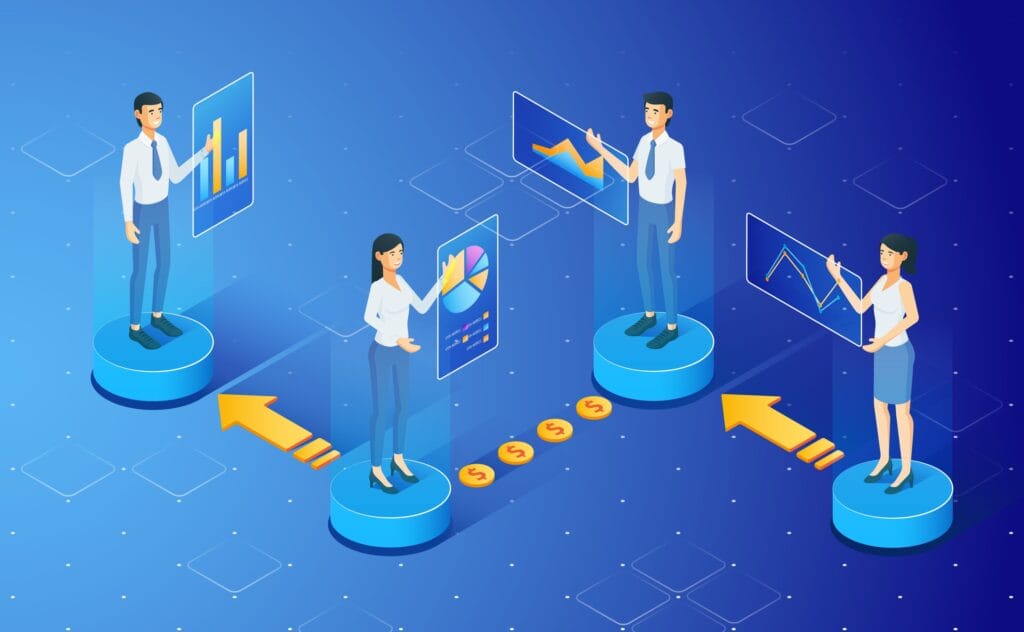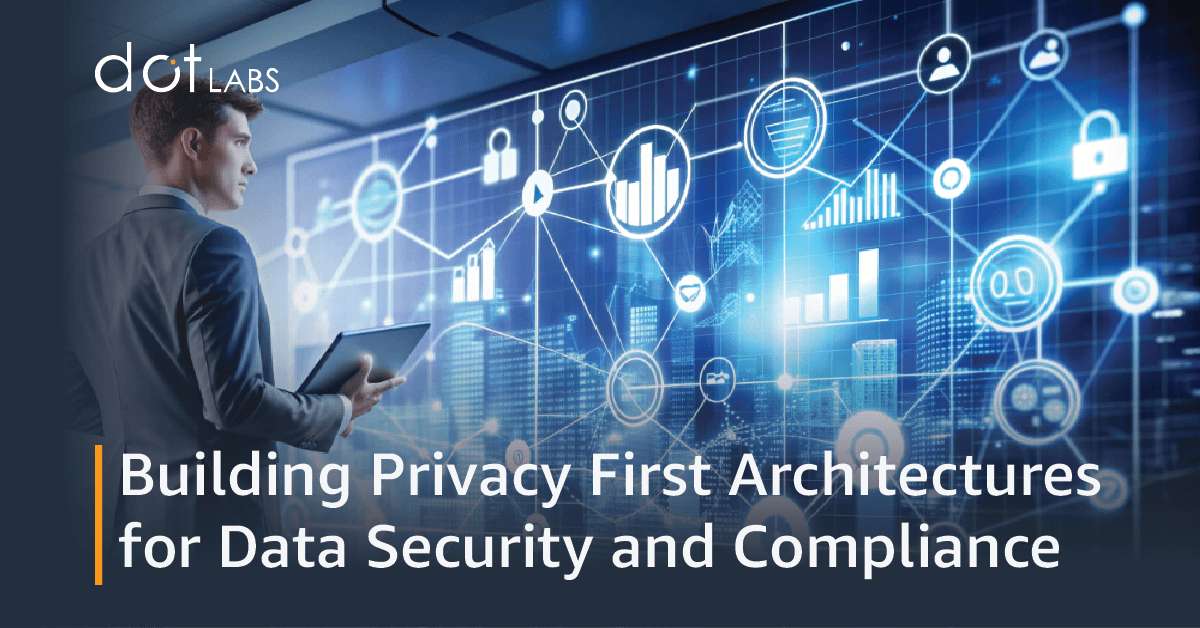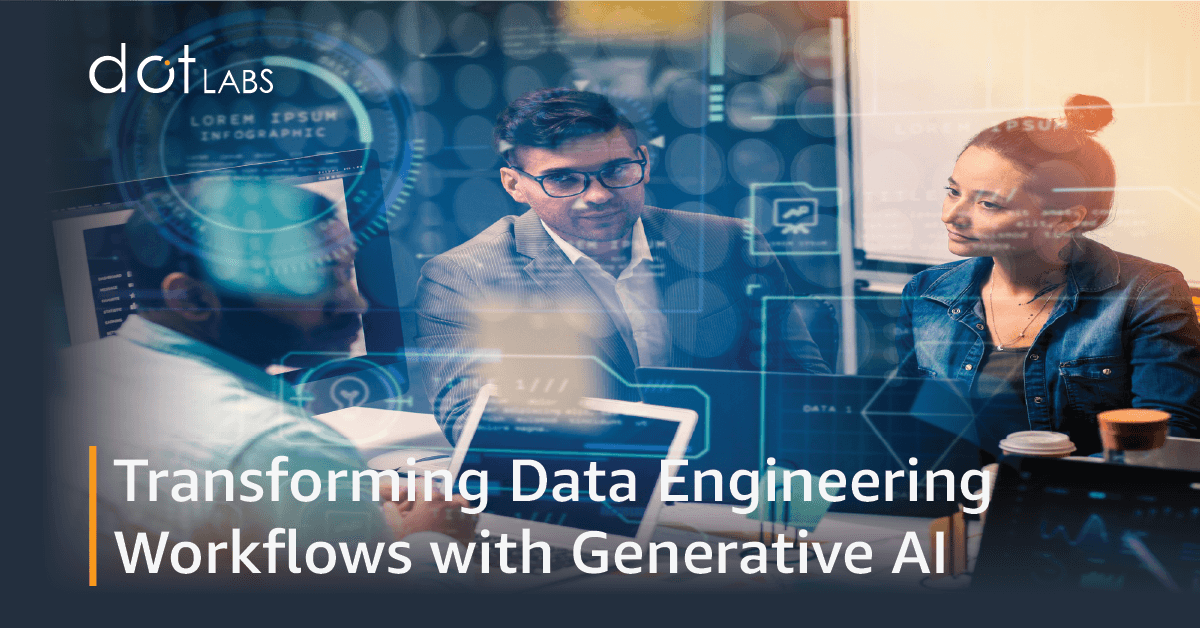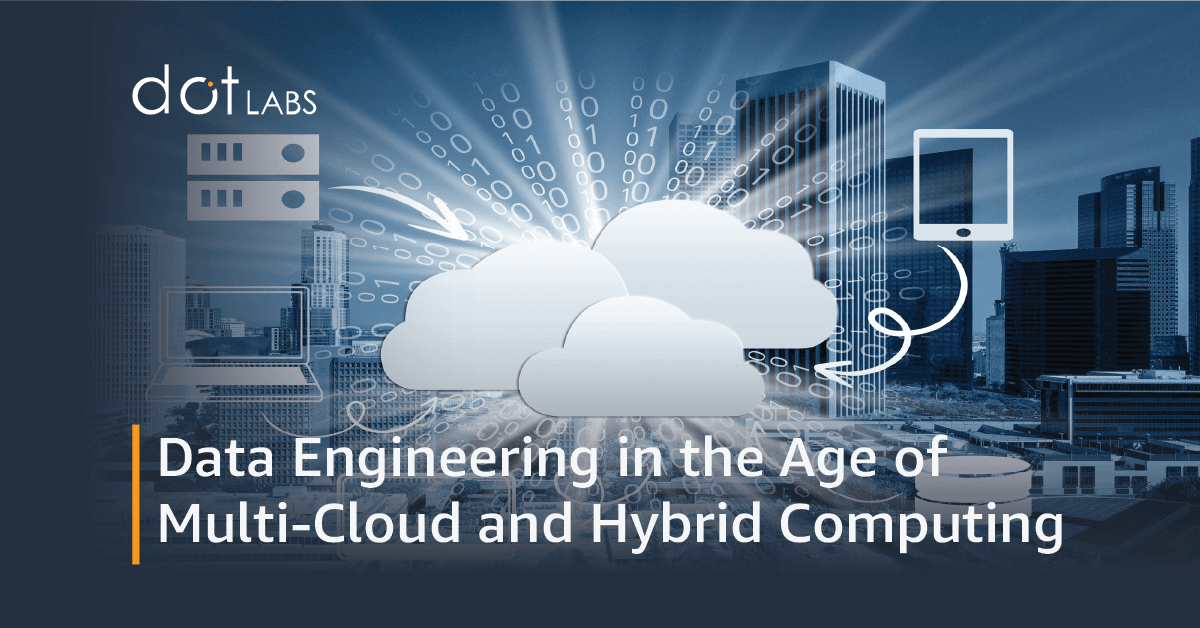
In today’s hyperconnected digital landscape, data has become the most valuable strategic asset for modern enterprises. Whether it’s a bank enhancing fraud detection, a retailer personalizing customer journeys, or a real estate firm forecasting property trends—data engineering is the backbone that enables actionable insights, smarter decisions, and competitive advantage.
As we move further into 2025, the field of data engineering is witnessing transformative shifts driven by evolving business demands, emerging technologies, and the increasing need for real-time, scalable, and intelligent data systems.
This blog dives into the top data engineering trends in 2025 that every enterprise—especially those in real estate, banking, telecom, retail, education, green energy, and digital marketing—must understand to remain relevant and future-ready.
Trend 1: Automation in ETL (Extract, Transform, Load)
From Manual Processes to Intelligent Pipelines
ETL is no longer just a behind-the-scenes process of moving and transforming data. In 2025, it’s becoming a critical component of agile data infrastructure. Traditional ETL pipelines were labor-intensive, time-consuming, and prone to human error. That’s changing rapidly.
Automation is the new standard.
Today’s leading organizations are investing in AI/ML-driven ETL tools that not only automate data processing but also optimize and self-heal pipelines based on anomalies or performance metrics.
Key Benefits:
- Faster data onboarding and integration
- Reduced operational overhead
- Greater data quality and governance
- Real-time adaptability to schema or source changes
Tools Gaining Popularity:
- Apache Airflow – Workflow orchestration and automation
- Talend – Scalable data integration and cleansing
- dbt (data build tool) – Automated data transformation
- Informatica Cloud – AI-powered data integration and quality
In industries like banking and digital marketing, where time-sensitive insights are crucial, automation in ETL is enabling near-real-time decision-making and operational agility.

Trend 2: Real-Time Data Streaming is the New Default
Why Wait for Insights?
The demand for real-time data has surged across sectors. Whether it’s detecting fraudulent transactions in milliseconds or updating inventory as a customer shops, businesses now require immediate access to reliable, clean data.
This is driving the widespread adoption of event-driven architecture and data streaming technologies.
Key Use Cases by Industry:
- Banking: Real-time fraud detection, transaction monitoring
- Retail: Dynamic pricing, personalized recommendations
- Telecom: Predictive network maintenance, usage monitoring
- Green Energy: IoT-driven energy optimization and remote diagnostics
Leading Technologies:
- Apache Kafka – Distributed event streaming platform
- Amazon Kinesis – Real-time analytics and ingestion at scale
- Apache Flink – Stream processing for complex event detection
- Google Cloud Dataflow – Unified batch and stream processing
With data flowing constantly from mobile apps, sensors, websites, and devices, companies are turning to streaming pipelines that enable continuous analytics, empowering them to make data-backed decisions instantly.

Trend 3: Rise of Data Fabric Architecture
Breaking Down Data Silos
Enterprises operating in hybrid and multi-cloud environments often struggle with data silos, duplication, and inconsistent access. This has led to the rise of data fabric architecture—a unified layer that intelligently integrates and manages data across platforms, users, and applications.
What is Data Fabric?
Data fabric is a metadata-driven architecture that:
- Connects data across environments (on-prem, cloud, multi-cloud)
- Provides context-aware access to data
- Supports AI/ML-based automation in governance and quality
- Enhances data observability and lineage tracking
According to Gartner, by 2026, over 70% of enterprises will use data fabric as the foundation for their data management strategy.
Key Benefits:
- Consistent data availability and access
- Better compliance with regulations (e.g., GDPR, HIPAA)
- Faster onboarding for AI/ML use cases
- Improved collaboration between business and IT teams
For enterprises dealing with high data complexity—such as banks, telecom companies, or educational institutions—data fabric ensures that decision-makers can access a single source of truth, no matter where the data resides.

Trend 4: The Modern Data Stack—Tooling for 2025
A New Ecosystem for Data Engineering
Gone are the days when monolithic platforms ruled data engineering. The modern data stack is modular, cloud-native, and designed for scalability and speed. It includes specialized tools for ingestion, transformation, warehousing, orchestration, governance, and visualization.
Let’s look at some of the key components dominating the 2025 data landscape:
Ingestion:
- Fivetran, Stitch – Seamless data pipeline setup
- Apache NiFi – Flow-based programming for ETL
Transformation:
- dbt – SQL-based transformation in the warehouse
- Matillion – Code-free data transformation
Orchestration:
- Apache Airflow – Workflow automation
- Prefect – Flexible workflow management
Warehousing:
- Snowflake – Scalable cloud-native warehousing
- Google BigQuery – Serverless analytics
Governance & Observability:
- Monte Carlo, Collibra – Data quality monitoring
- Alation, Atlan – Data cataloging and metadata management
By combining best-in-class tools, enterprises can build custom, agile data ecosystems that are easier to manage, more reliable, and aligned with business needs.
🧩 Trend 5: Industry-Specific Applications of Data Engineering
Data engineering is not one-size-fits-all. Each industry has unique data challenges and priorities. In 2025, we’re seeing tailored solutions that meet the specific regulatory, operational, and customer needs of various verticals.
Banking & Finance:
- Real-time risk analysis and compliance reporting
- Automated customer onboarding through AI
- Predictive credit scoring
Retail & E-commerce:
- Personalized product recommendations
- Inventory and supply chain optimization
- Dynamic pricing based on behavior patterns
Real Estate:
- AI-driven property valuation models
- Data integration from IoT-enabled smart homes
- Location-based investment analytics
Telecom:
- Churn prediction and proactive customer service
- Usage-based billing and forecasting
- Network failure prediction
Education:
- Learning analytics and performance prediction
- Unified student information systems
- Adaptive curriculum design through AI
Green Energy:
- Smart grid data integration
- Energy demand forecasting
- Carbon tracking and compliance analytics
Enterprises in these sectors are increasingly outsourcing data engineering functions to specialized IT service providers like your company, allowing them to leverage domain expertise, faster implementation, and reduced overhead.

Bonus Trend: AI-Enhanced Data Engineering Workflows
With the rise of Generative AI and large language models, even data engineering is being reimagined. Tools now leverage AI for:
- Code generation (e.g., auto-writing SQL or Python for ETL tasks)
- Schema mapping suggestions
- Anomaly detection in data pipelines
- Predictive load balancing and resource optimization
As a result, the data engineering process is becoming more autonomous, intelligent, and efficient—a major leap forward in productivity and innovation.
Real Business Outcomes: Why These Trends Matter
Let’s break down what these trends mean in practical terms:
Business Objective | Enabled By | Result |
Faster decision-making | Real-time streaming, automation | Reduced latency in insights |
Scalable data growth | Data fabric, cloud warehousing | No performance drop with scale |
Lower costs | Modular data stacks, outsourcing | Reduced internal DevOps overhead |
Improved CX | Personalization, instant data access | Higher engagement, retention |
Regulatory compliance | Metadata governance, observability tools | Reduced risk and audit failures |
Final Thoughts
Data engineering is no longer just a backend IT function—it’s a strategic enabler of enterprise agility and innovation. In 2025, organizations that invest in automated, real-time, and scalable data ecosystems will lead their industries, while others risk falling behind.
Whether you’re a bank needing real-time fraud alerts, a retailer optimizing customer experiences, or a telecom firm modernizing networks, the trends highlighted above are shaping how data will drive your success.

How We Help
At Dotlabs, we help enterprises across sectors like real estate, banking, telecom, education, retail, and more to:
- Design modern, scalable data infrastructures
- Implement AI/ML-powered ETL and data streaming
- Build secure, cloud-native data platforms
- Develop custom software and integration solutions
- Deliver industry-focused, outcome-driven analytics systems
Let’s build your next-gen data ecosystem. Contact us to get started.




